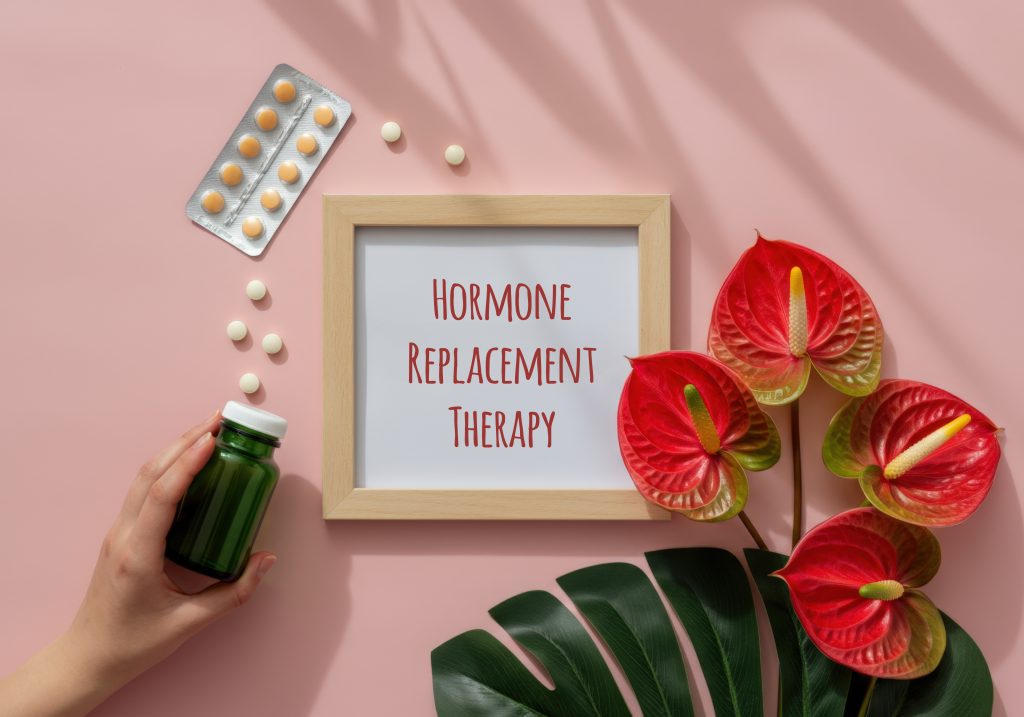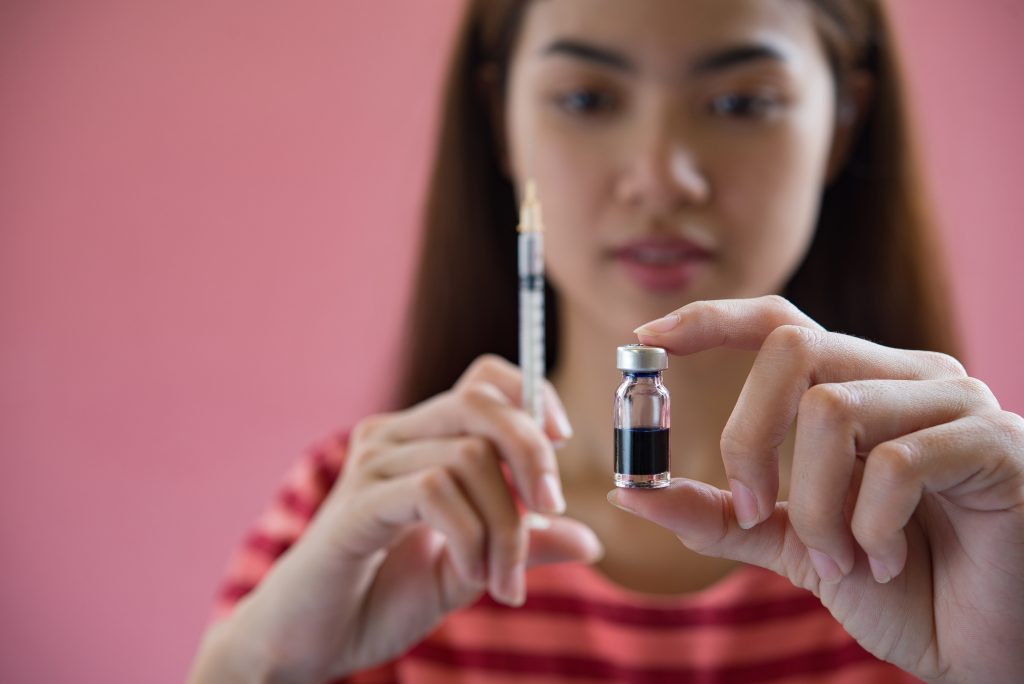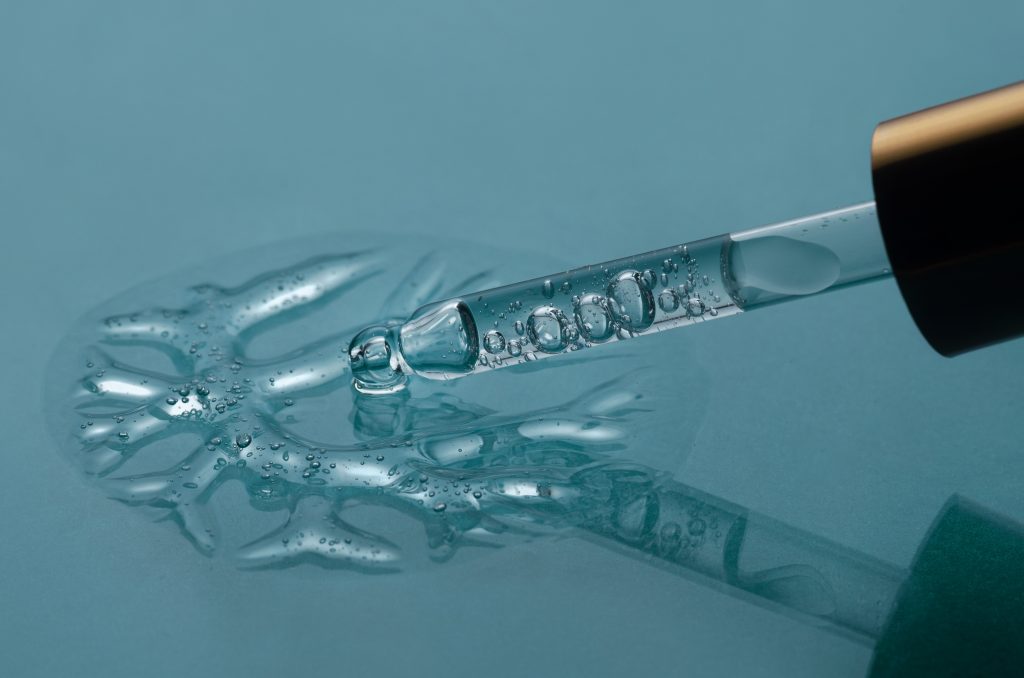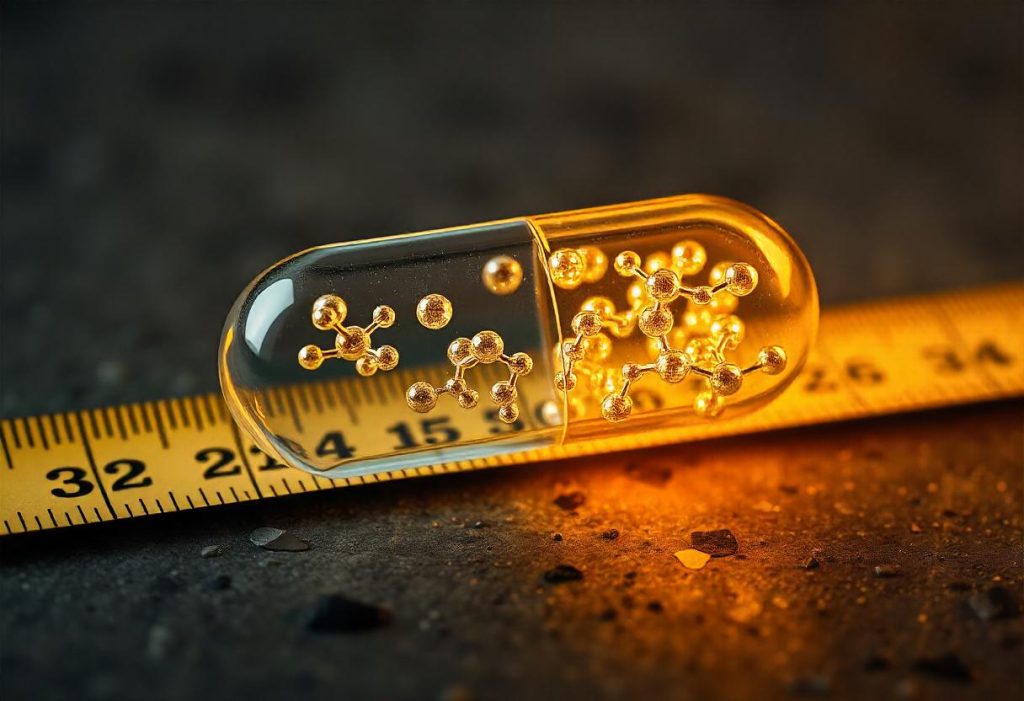Hormonal replacement therapy or HRT is used to treat declining hormonal levels that cause menopause symptoms in women. This therapy is also being called Menopause hormone therapy or MHT.
However, as medical science evolves, men having low testosterone levels and people with hormonal deficiency can also benefit from this treatment.
But what are the signs that you need this therapy? And does it also have side effects? Well, these are the points to consider when you’re going for this therapy as not everything can work for you the same way it works for others.
So, in this blog, we have compiled all the relevant and important parts that you must read before hormonal replacement therapy.
So, let’s dig in.
What is Hormone Replacement Therapy?
Hormonal replacement therapy is a treatment that involves replacing low hormonal levels with natural or artificial hormones that mimic the function of those produced by the body. Hormone replacement therapy for women typically involves oestrogen and progesterone to stabilize menopause symptoms such as
- Hot flashes
- Night sweats
- Mood swings
- Vaginal dryness and discomfort
- Bone loss leading to osteoporosis and fractures
Hormone replacement therapy for men involves testosterone replacement therapy (TRT) to cure low Testosterone levels (Low T). Mostly men experience fatigue, decreased muscle mass, lowered libido, and cognitive decline due to low T.
Types of Hormone Replacement Therapy
There are a variety of HRTs available that are classified on the basis of the type of hormone used, method of administration, and specific health risks they induce.
Typically, oestrogen, progesterone and testosterone are used in different combinations prescribed by doctors to treat hormonal irregularities in both men and women.
Let’s discuss the different types of HRT along with their usage and considerations.
1. Oestrogen-Only Therapy
It contains only one hormone i.e. oestrogen and is used for women who have their uterus removed through hysterectomy. It Helps reduce the painful and uncomfortable symptoms of menopause.
It can be taken as:
- Oral tablets with dosage as directed by the doctor
- Transdermal patches
- Topical gels and creams
- Vaginal rings, creams, and tablets
However, it is not recommended for women with uterus due to the risk of womb cancer.
2. Combined Oestrogen-Progesterone Therapy
Women who’re going through premenopause or postmenopause stages with an intact uterus can be helped with this type of HRT. In fact, according to a research, oral HRT use was associated with a 63% relative reduction in colorectal cancer risk in postmenopausal women after adjusting for other known risk factors.
The use of both of these hormones when combined can significantly prevent thickening of uterine lining that causes endometrial hyperplasia or endometrial cancer.
The best way to take this therapy includes
- Cyclic therapy with daily oestrogen and progesterone after 10–14 days
- Continuous therapy with both hormones taken at the same time
- Oral tablets
- Transdermal patches
- Intrauterine device (IUD) with progesterone
3. Testosterone Replacement Therapy (TRT)
It has been seen that testosterone levels in males decrease as they age, approximately as 1% a year after 30s.
This condition is treated with TRT by increasing the testosterone levels to help regain their emotional and physical well-being. A balanced form of testosterone hormone can be supplied through
- Injections
- Gels and Patches
- Implants and Pellets
3. Bioidentical Hormone Replacement Therapy (BHRT)
It is sometimes called as natural hormone replacement therapy that uses plant-derived oestrogen, progesterone, and testosterone. Their chemical properties are identical to the natural human hormones.
Generally, soybeans and yams are used to match human hormone structures precisely.
BHRT is available in several forms like
- Oral tablets and capsules
- Transdermal creams and gels
- Sublingual lozenges Pellet therapy (implants)
- Injectable formulations for testosterone replacement
The highlight here is that these compounds aren’t approved by FDA yet so it’s important to ask your doctors about their implied dosage and risks.
What Are the Signs That You Need Hormone Replacement Therapy?
With its good and bad, HRT may be advised if you experience persistent signs of menopause, andropause (male menopause), or other hormonal disorders.
Your doctor or concerned health consultant would recommend a specific type of hormonal replacement therapy to you if
- You’re having hot flashes
- You’re experiencing anxiety, depression or persistent mood swings
- You have chronic insomnia or an irregular sleep routine along with night sweats
- You are not able to concentrate on everyday tasks due to brain fog and memory lapses
- You have fat around the belly, thighs, and hips
- You (both men and women) have a low sex drive and discomfort during intimacy due to lower libido or vaginal dryness
- You are always on low energy levels and fatigue
- Your bones feel weak and you’re at risk of osteoporosis and bone fractures
If you could relate to any of these symptoms, it’s because your hormones aren’t functioning at their very best. So, it’s better to get them checked and consult a healthcare provider who can evaluate your hormone levels and symptoms to recommend the best hormonal replacement therapy.
Hormone Replacement Therapy Side Effects
| Type of HRT | Common Side Effects | Serious Risks |
| Oestrogen-Only | Nausea & bloating Breast tenderness Headaches Mood swings | Increased risk of stroke Blood clots (Deep Vein Thrombosis – DVT)Endometrial cancer (if used without progesterone in women with a uterus) |
| Combined Oestrogen-Progesterone | Fluid retention Weight gain Breast soreness Mood fluctuations | Slight increase in breast cancer risk (long-term use)Increased risk of heart disease in older women Increased risk of stroke and venous thromboembolism |
| Testosterone Replacement | Acne & oily skin Sleep apnea Increased red blood cell count | Prostate enlargement Potential cardiovascular risks, though recent studies suggest neutral to beneficial effects on cardiovascular health |
| Bioidentical | Irritation at the application site (for creams, patches)Unstable hormone level | Lack of FDA regulation in some formulations Long-term effects still under study |
Hormone Replacement Therapy And Weight Loss: Does it Help?
HRT does not directly help in weight loss but helps manage the triggers. Although it has varying impacts on weight loss, depending on the therapy type and variations in response.
Let’s see how each type of therapy helps in this regard.
- Hormones such as oestrogen, progesterone, and testosterone also have an important effect on where and how much fat the body stores, especially around belly, thighs and hips. With Hormonal replacement therapy
- Hormonal fluctuations can influence insulin resistance, which affects the body’s ability to metabolize glucose. Some studies indicate that HRT can enhance insulin sensitivity, lowering the risk of weight gain associated with blood sugar imbalance.
- Testosterone Replacement Therapy (TRT) in a few individuals has been noted to increase muscle mass and lower the accumulation of fat, with consequent improvements in body composition.
- Unbalanced hormone levels can lead to weight management problems, fatigue, and slowness. HRT may aid in the correction of hormone levels to promote a better metabolic rate.
ICD-10 Codes for Hormone Replacement Therapy
For medical claims and insurance processing, ICD-10 codes are used to classify conditions requiring HRT. Common codes include:
- E28.31 – Primary ovarian insufficiency
- E29.1 – Testicular hypofunction (low testosterone)
- E34.9 – Endocrine disorder, unspecified
- N95.1 – Menopausal and perimenopausal disorders
- Z79.890 – Hormone replacement therapy (long-term current use)
Final Thoughts
So, there you have it: HRT can be a useful option for individuals experiencing hormonal imbalances, but it’s essential to weigh the benefits, risks, and medical guidance before starting treatment.
It’s better to start early and take guidance from your doctor for the time period of HRT to be taken for the best results.
Now some of you might question that is hormone replacement therapy covered by insurance. Well, in this case, it goes back to the insurance company you have, terms of the policy, and how medically necessary this treatment is.
Some insurance companies will cover HRT, particularly when used to treat symptoms of menopause, testosterone deficiency, or other disorders of hormones. Understanding of ICD-10 coding also assists with insurance claims and coverage.
Here at Divine Health, we believe in customized solutions for wellness to support you on your journey of hormonal health with confidence.











